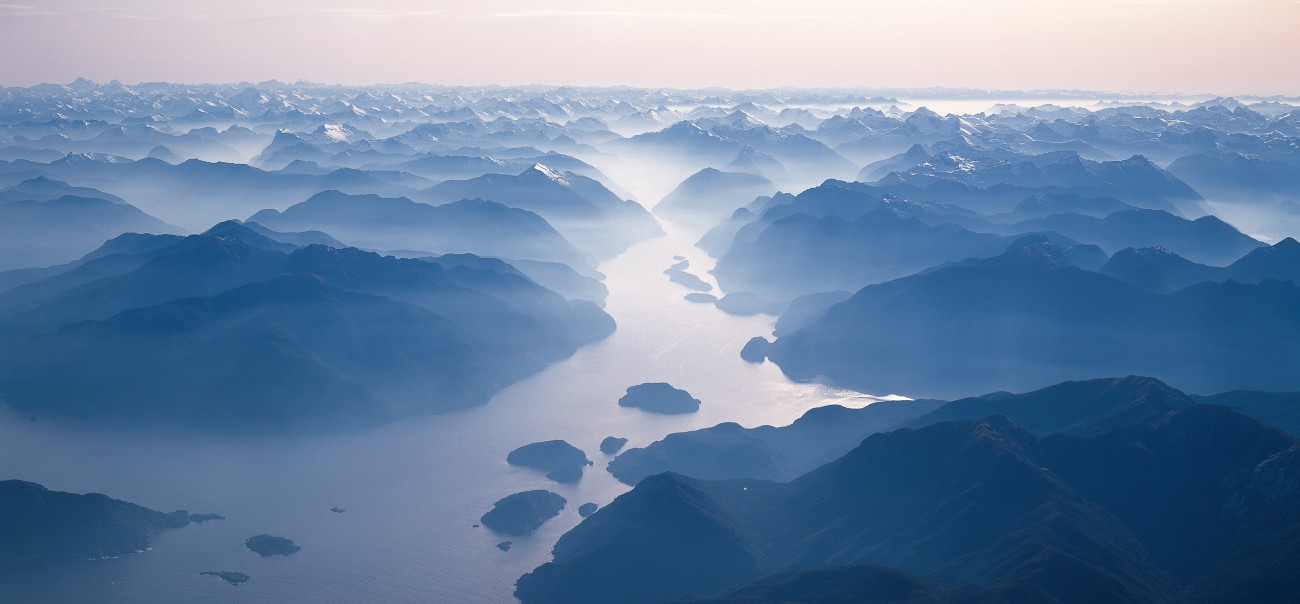
Sound is an incredible phenomenon that permeates every corner of our geography. From the gentle rustling of leaves in a forest to the booming crash of waves on a shoreline, sound plays a crucial role in shaping our understanding and experience of the world around us. But beyond its familiar presence, sound also holds a treasure trove of fascinating facts that are often overlooked. In this article, we will delve into 16 unbelievable facts about sound that will leave you in awe of its power and intricacies. From the speed of sound to the mysterious phenomenon of acoustic levitation, prepare to have your mind blown as we explore the remarkable world of sound.
Key Takeaways:
- The Earth is a Symphony
From the booming dunes of the Sahara to the melodic whalesongs in the oceans, our planet is a natural orchestra of captivating sounds, showcasing its incredible diversity and beauty. - Nature’s Musical Wonders
From the singing sands of deserts to the whistling caves of Iceland, nature’s unique geographical features create a symphony of sounds that amaze and inspire, showcasing the Earth’s remarkable auditory wonders.
The Loudest Place on Earth
In the search for the loudest place on Earth, the title goes to the geography of the Pacific Ocean’s Mariana Trench. This deep-sea trench reaches a staggering depth of approximately 36,070 feet below sea level and is known for its incredibly loud sound produced by the movement of tectonic plates.
The Mysterious Singing Sands
Certain geographical locations, such as the sands of the Gobi Desert and the desert of Oman, are home to a unique phenomenon known as “singing sands.” When disturbed by wind or movement, these sands emit a sound similar to a low-frequency humming or a melodic song.
The Whistling Caves of Iceland
Iceland is famous for its natural wonders, and one of the most intriguing ones is the whistling caves. The unique geological formations in these caves create an acoustic environment where wind passing through the narrow openings produces a hauntingly beautiful whistling sound.
The Great Barrier Reef Symphony
The Great Barrier Reef in Australia not only mesmerizes with its stunning coral formations but also boasts a vibrant underwater soundscape. From the clicks and calls of marine creatures to the gentle waves and creaking of coral, this natural symphony is a true auditory delight.
The Echoes of the Grand Canyon
The enormous size and unique rock formations of the Grand Canyon in Arizona, USA, create a perfect environment for echoes. A loud shout or clap of hands can reverberate throughout the canyon, bouncing off the walls and creating a remarkable auditory experience.
The Melodic Whalesongs
Geographically dispersed across the oceans, whales are known for their enchanting songs that can travel for long distances. These majestic creatures use melodic patterns and unique vocalizations to communicate with each other, creating a symphony of sounds beneath the waves.
The Booming Dunes of the Sahara
The vast dunes of the Sahara Desert in Africa are not only impressive visually, but they also produce a fascinating acoustic phenomenon. Referred to as “booming dunes,” these sand formations emit deep, resonating sounds when the surface is disturbed, resembling the sound of distant thunder.
The Rumbling Volcanoes
Volcanoes, with their explosive nature and powerful eruptions, generate intense sounds that can travel for miles. From the deep rumble of a dormant volcano to the explosive roar of an active eruption, these geological wonders leave a lasting auditory impression.
The Cracking Icebergs
In polar regions, the cracking and shifting of icebergs create a unique soundscape. These massive chunks of ice make eerie popping, creaking, and rumbling noises as they break apart and collide, providing a glimpse into the dynamic nature of our planet’s icy landscapes.
The Power of Thunderstorms
Thunderstorms, with their lightning and thunder, create an awe-inspiring display of nature’s power. The loud cracks and deep rumbles of thunder, accompanied by the dazzling streaks of lightning, make thunderstorms a truly magnificent audiovisual experience.
The Singing Sand Dunes of Namibia
Another location known for its singing sand dunes is the Namib Desert in Namibia. When the desert wind blows across the vast sand dunes, it produces a mesmerizing sound that resembles the echoes of a distant choir.
The Chiming Rock Towers
The rock towers of Zhangjiajie in China, famously known as the inspiration for the movie “Avatar,” have another peculiar characteristic – they emit a musical chiming sound when struck. This phenomenon occurs due to the unique composition and structure of the sandstone pillars.
The Boiling Mud Pools
In various geothermal areas, such as the Yellowstone National Park in the United States, boiling mud pools release a continuous bubbling and gurgling sound. These intriguing sounds are caused by the movement of hot gases and water beneath the earth’s surface.
The Roaring Waterfalls
Waterfalls, such as the iconic Niagara Falls, create a powerful and resonating sound as they cascade down steep cliffs. The thunderous roar of the rushing water echoes through the surrounding landscape, leaving visitors in awe of nature’s grandeur.
The Rustling Bamboo Forests
Bamboo forests, particularly in Southeast Asia, produce a unique sound as the wind rustles through the tall, slender stalks. This gentle rustling noise has a soothing effect and adds a serene ambiance to these picturesque natural environments.
The Humming Sand Dunes of California
In California’s Mojave Desert, there are sand dunes that emit a peculiar humming sound when sand particles move. The exact cause of this phenomenon, known as the “booming dunes,” is not fully understood, adding an air of mystery to these already captivating landscapes.
These 16 Unbelievable Facts About Sound (Geography) highlight the fascinating ways in which our planet generates and echoes various sounds. Exploring the auditory wonders of nature is a testament to the incredible diversity and beauty of our world.
Conclusion
Sound is a fascinating and integral part of our lives, with many unbelievable facts that highlight its importance and influence on our world. From the speed of sound in different mediums to the impact of sound on geography, there is so much to explore and learn.
Understanding the role of sound in geography helps us comprehend how it shapes our environment and influences various phenomena. Whether it’s the sound of waves shaping coastlines or the way sound waves travel through different terrains, sound provides valuable insights into our planet.
By delving into these incredible facts about sound, we can gain a deeper appreciation for the world around us and the influence that sound has on our geography. It’s truly remarkable how something so intangible can have such a profound impact on our understanding of the world.
FAQs
1. How does sound affect geography?
Sound plays a crucial role in shaping geography. For example, the sound of crashing waves erodes coastlines and creates unique landforms. Additionally, sound waves can help scientists map the topography of the Earth’s surface.
2. Can sound travel through different types of terrain?
Yes, sound can travel through various types of terrain, but the speed and distance may vary. Sound travels faster through solids than through liquids or gases. Different terrains, such as mountains or forests, can also affect the propagation of sound waves.
3. How fast does sound travel?
The speed of sound depends on the medium it travels through. In general, it travels at approximately 343 meters per second (or 1,125 feet per second) in dry air at room temperature. However, the speed can vary in different mediums such as water, solids, or gases.
4. Can sound be used to locate objects underwater?
Yes, sound is commonly used to locate objects underwater. Sonar technology relies on sound waves and their reflections to map the ocean floor and detect underwater objects.
5. How does sound contribute to geographic phenomena like echo or reverberation?
An echo is created when sound waves bounce off a surface and return to the listener’s ears. Reverberation, on the other hand, occurs when sound waves reflect multiple times within an enclosed space. Both phenomena are influenced by the geography and architectural elements of the surroundings.
Was this page helpful?
Our commitment to delivering trustworthy and engaging content is at the heart of what we do. Each fact on our site is contributed by real users like you, bringing a wealth of diverse insights and information. To ensure the highest standards of accuracy and reliability, our dedicated editors meticulously review each submission. This process guarantees that the facts we share are not only fascinating but also credible. Trust in our commitment to quality and authenticity as you explore and learn with us.


